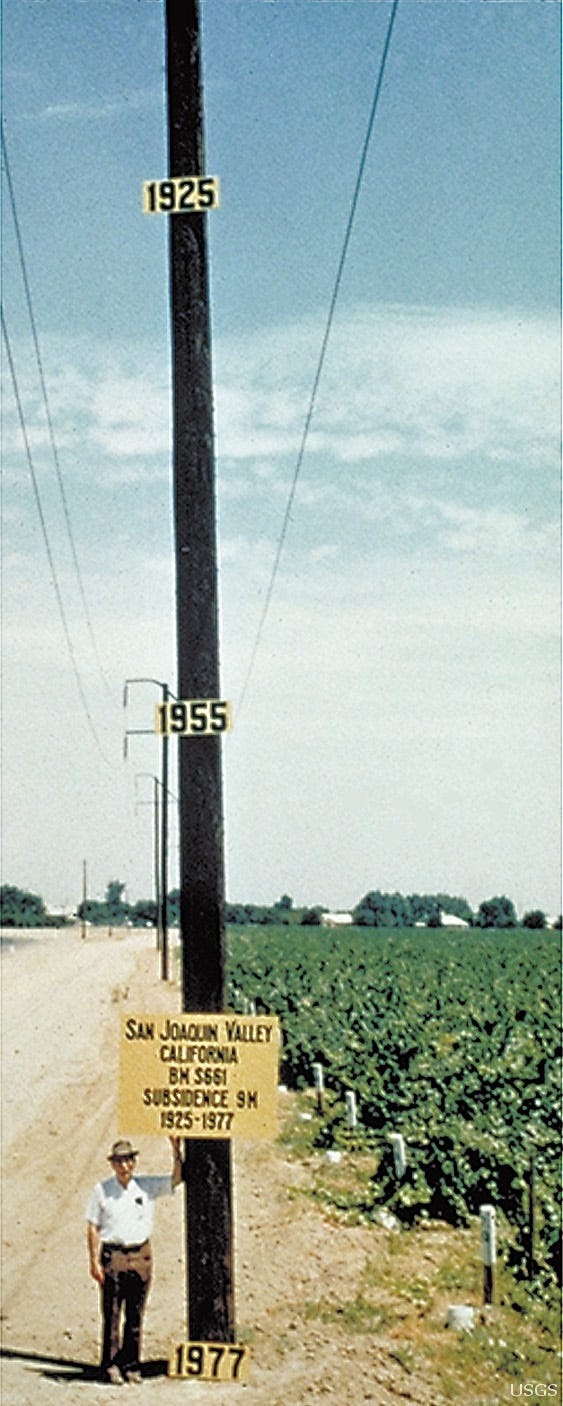
Hello again Science Fans!
It has been a busy week in both Science and the world.
One year ago this past week, the Supreme Court overturned Roe vs. Wade.
This weekend, the mercenary military Wagner Group almost staged a coup in Russia before retreating under promises of immunity.
The Summer Solstice occurred on Wednesday morning, the first day of astronomical summer in the northern hemisphere.
The world watched as rescuers from Canada and the US tried to find five people aboard a deep-sea submersible, the Titan, that was on a journey to explore the wreck of the Titanic. Three people with a lot of experience doing such dives and designing submersibles will conduct a webinar Monday at 3:00 to discuss this tragedy, as well as the safety record of submersibles over the past 60 years.
Other recommendations for this week include:
- Truth-O-Meter: Fact-checking content generated by a LLM – 06/27/2023 07:00 PM, online or in person in Mountain View
- SETI Talks – Unveiling ‘Oumuamua and its Mysterious Visit to Our Solar System – Livestream – 06/28/2023 08:30 AM (yes, that early…one of the participants is in Europe)
- BayCon2023: Science Fiction Convention – 07/01 – 04/2023 10:00 AM, Santa Clara, with Andrew Fraknoi giving talks the first three days
Before getting into the science news, I also want to mention that the remaining four Music of the Spheres events at the Lick Observatory still have tickets available. These are on Saturday evenings and include a live concert, observation through Lick’s two main telescopes, an astronomy lecture, and amateur scope viewing. All the Friday lecture events are sold out. The next Music of the Spheres is July 8.
Let’s go way back in Earth time, some 1.6 billion years ago. Scientists have discovered the remains of a lost world of lifeforms that thrived on Earth then and may be the oldest ancestors of the lineage that eventually produced plants, animals…and us.
Last week, Herb mentioned a report that we’ve pumped so much groundwater that we’ve changed the Earth’s spin. The USGS has significant research data on land subsidence, especially in the San Joaquin Valley. I found this photograph, which I originally saw in a USGS presentation on the subject, showing the amount of subsidence in one spot between 1925 and 1977.

For the metric-challenged, that’s almost 30 feet! And it has only gotten worse since then. One important takeaway from the presentation was that we can’t just simply pump all that water back to raise the land levels. The structure of the soil changes when the water is pumped out, and it won’t go back. Here’s a link to a 2019 presentation on the same subject in the San Joaquin valley. Meanwhile, the Bay Area’s groundwater is back to pre-drought levels due to this past winter’s rains and recharging projects.
It seems every week brings another new discovery from the James Webb Space Telescope. This week we have a report on starlight from distant galaxies with extremely bright supermassive black holes or quasars. The light is so bright it outshines all the light from the stars in that galaxy.
NASA and the Canadian Space Agency created a challenge to see what sort of food could be grown by future space travelers. A recent event in Brooklyn showcased some of the results, including edible fungi, flies, and microgreens. Maybe growing potatoes on Mars ala The Martian isn’t so far fetched! And the FDA has approved lab-grown chicken for production and sale to the public. Bon appetite!
I’ve written before about the US Electrical Grid and how it doesn’t appear to be ready to support the energy transition from fossil fuels. Here’s an in depth look at the problem from the NY Times.
Lastly, how about 192,000 lightening strikes in an 11 hour period? In the largest volcanic eruption of the 21st century (so far), the Hunga Tonga volcano generated that many, far more and far higher than previously recorded anywhere.
Have a great week in Science!
Bob
Upcoming Events:
Click to see the next two weeks of events in your browser.
